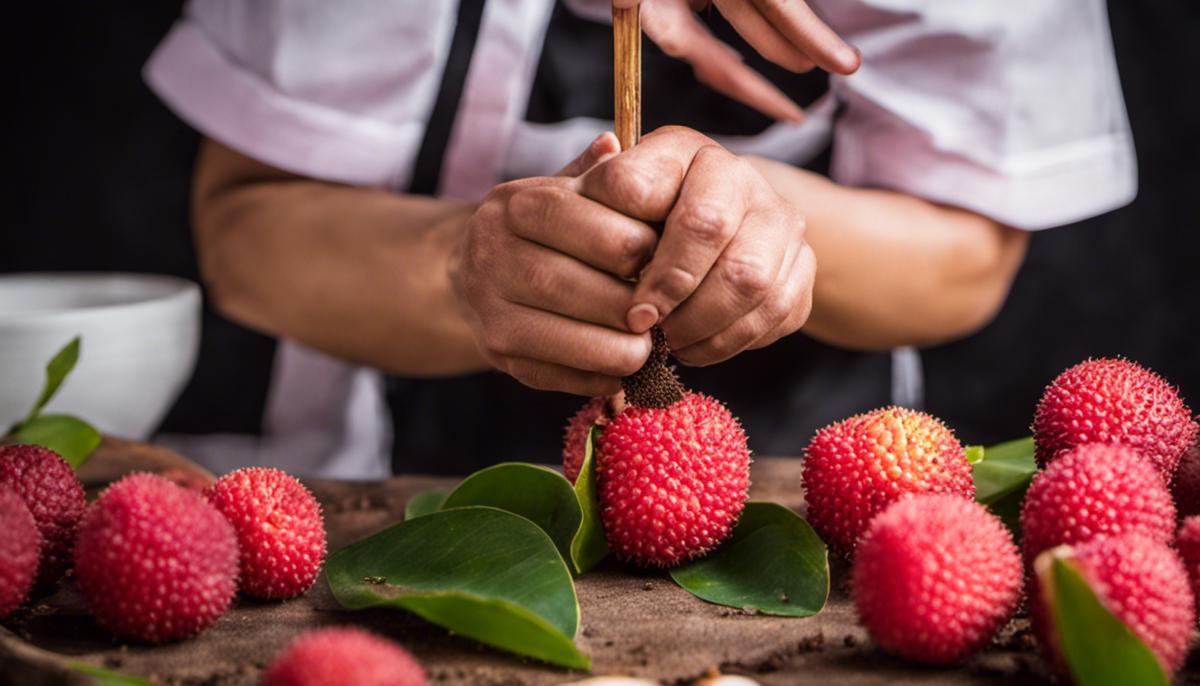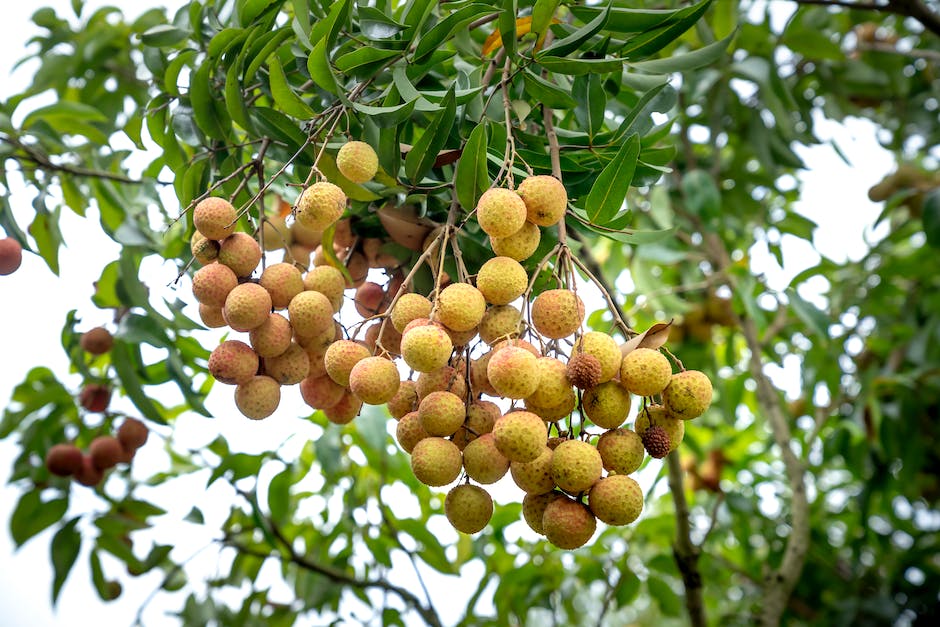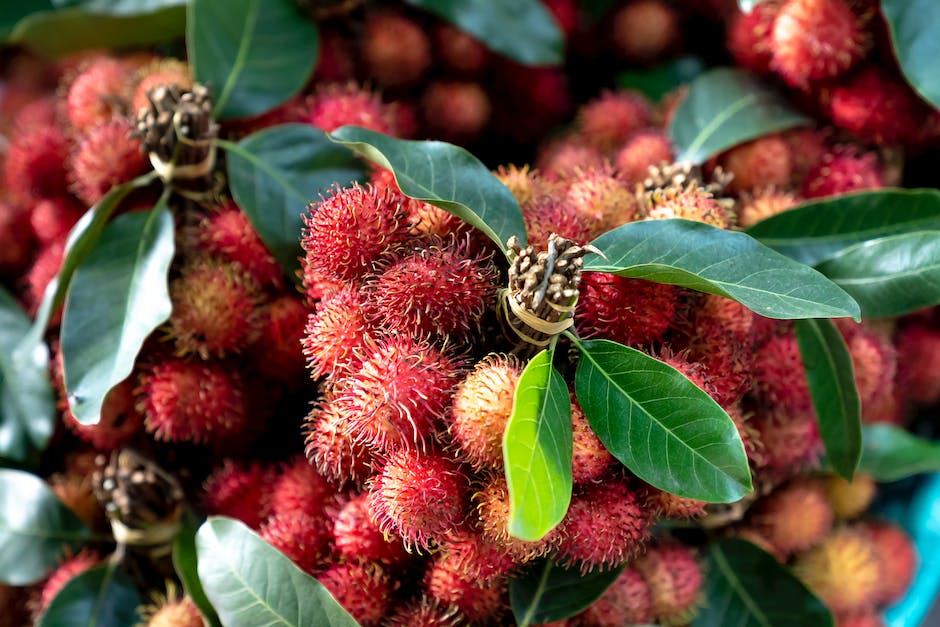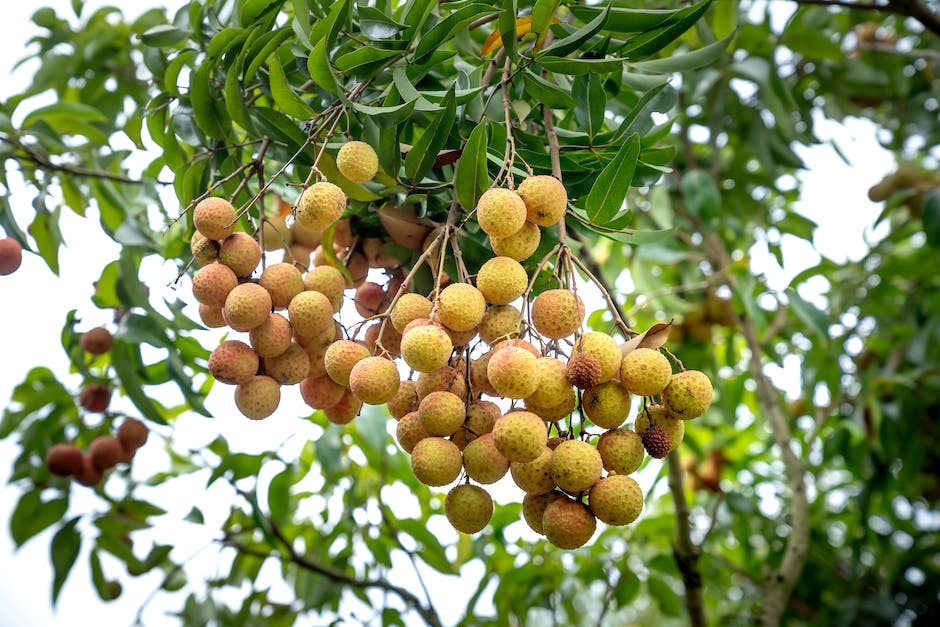Grow Your Own Lychee Tree: A Beginner’s Guide

Embarking on the journey of growing a lychee tree from a seed may seem daunting initially, but once mastered, it offers a fruitful and rewarding experience. This guide aims to equip you with a comprehensive understanding of all the necessary steps beginning from seed preparation, to potting and planting, and followed by the ongoing tree care and maintenance. It divulges in-depth on the fundamentals of selecting a ripe lychee fruit, extracting the seed, treating it appropriately before planting, understanding the optimal growing conditions, and maintaining the health and vigor of your lychee tree.
Seed Preparation
Affable hobbyist gardeners, strap in and get ready for a remarkable journey into the mesmerizing world of lychee cultivation. Let’s just dive straight into the nuts and bolts of this fascinating activity, tackling a critical first step – preparing a lychee seed for planting.
Getting hands on a lychee is the very first foundation. The fruit brings such an exotic, sweet flavor! But it’s the seed’s potential that truly sparkles. This brown nut-like wonder can unfurl into a dainty lychee tree, promising delicious fruit for seasons to come.
Before anything else, lychee seeds must be fresh for successful planting. Remember, they should not be dried out, as drying sharply reduces their germination rate. So, what does it entail? Once a delicious lychee fruit has been savored, the seed must immediately be retrieved for planting.
Extraction of the seed from the fruit must be done right away. Rinse off any pulp remnants in cold running water. Be diligent with this step. Any leftover fruit bits could potentially attract unwanted disease or pests.
Next, prepare your lychee seed for the initial stage of its journey – germination. Use a damp paper towel, not dripping wet, but just right to provide a moist environment for the seed. Carefully fold the lychee seed snugly inside the visually damp towel. Pop this towel-ensconced seed into a sealable plastic bag, and you’ve created the ideal mini greenhouse for our seed buddy!
Store the little green house in a warm, dark place. A climate-controlled environment would be excellent, with an ideal temperature of between 75 to 90 degrees Fahrenheit. Patience plays a crucial role from this point onwards, as germination can take anywhere between one to four weeks.
While waiting for the good news, it’s wise to prepare for the outcome. Preparing growing pots is key. Favor a nutrient-rich, well-draining soil mixed with castings or good compost. Additionally, a pot with sufficient drainage holes is vital. It prevents potential water logging, which would not sit well with our emerging lychee seedling.
Once the lychee seed has germinated, the tiny taproot should be handled with infinite care. Position the germinated seed in the pot, ensuring the taproot faces downward. Cover it with soil, leaving the top slightly exposed. And voila! You’ve successfully crossed the first milestone in your lychee cultivation journey!
Tending to your lychee seedling’s needs is the next exciting endeavor. Just the right amount of sunlight, watering only when the top inch of the soil dries out, and a periodic dose of organic fertilizer creates the ideal growth recipe for lychee trees.
Unlock the delight of growing your lychee tree right from the seed. It’s not a quick gig, but a gratifying experience that blends patience, curiosity, and learning. Happy gardening, hobbyists! With that, here’s to a backyard full of thriving lychee trees and a fruitful harvest in the offing!

Potting and Planting
Moving right along this enchanting journey of cultivating lychee trees at home, let’s sink our teeth into the exciting world of planting a lychee seed. Armed with a germinated seed, it’s time to conquer the next step—a fascinating realm filled with rich soil, attention to detail, and loving care. Just as a seasoned sailor understands the unpredictable waves of the ocean, every budding lychee enthusiast ought to familiarize themselves with the ideal conditions for planting a lychee seed.
Embarking on this adventure, it’s crucial to recognize the remarkable resilience of lychee seeds. The beauty of this tropical plant is its ability to adapt to a variety of soils. However, it thrives best in well-drained, slightly acidic soil with a pH level between 6 and 7. This provides an optimum environment that supports healthy growth.
A secret weapon in this endeavor is good-quality compost or peat moss. A golden rule of thumb to follow is the 2:1 ratio—two parts of soil to one part compost. This not only enhances the soil structure but also ensures adequate nutrient levels. A soil that’s rich in organic matter breathes life into a lychee seed.
Placement of the seed in the pot plays a pivotal part. Remember, a gentle touch and a watchful eye are your best allies here. The pointed end of the germinated seed should be directed upwards, with about half the seed visible above the soil. This ensures that the young roots find their path comfortably into the deeper soil levels.
A common misstep is overcompacting the soil. The keyword here is ‘lightly’. Lightly firm the soil around the seed, as heavy compacting can hamper healthy root development. Lychee seeds cherish a little breathing space!
Soil moisture and temperature are two other critical components to consider here. While lychee seeds need moist soil to thrive, it’s important to avoid water-logging as it can lead to root rot. The ideal temperature for a newly planted lychee seed ranges between 75 to 90 degrees Fahrenheit. Fortunately, a balance of regular watering and warmth can be easily achieved with a bit of practice and care.
To emphasize, the journey of planting a lychee seed isn’t merely about burying it in a pot; rather, it embodies a holistic approach that demands understanding, patience, and most importantly, genuine passion for the lychee tree. However complex it may seem, remember that the road to expertise is paved with trials and errors. At the heart of it, cultivating lychees at home is an enriching hobby that never ceases to reward with its sweet and fragrant produce. Enjoy the ride and watch your efforts bear fruit—quite literally!

Tree Care and Maintenance
Next Steps: Nurturing a Healthy Lychee Tree
Embarking on the enchanting journey of cultivating a lychee tree, one quickly learns the joy and satisfaction embedded in this labor of love. Every gardener knows how exciting it is to see the first sprouts emerge from a carefully planted seed. Now, the story continues beyond the germination stage. This is the journey of coaxing the shy lychee seedling out into a thriving, fruit-bearing symbol of nature’s bounty.
Hands that have cradled a fledgling lychee sapling know that the real work of cultivation begins with securing and enhancing its well-being. As the sapling grows taller, the requirement for a larger pot arises. Upgrading the pot is necessary to give the lychee tree more room to expand its roots and strengthen its base. A broad, deep pot (at least 10-12 inches deep) gives it the perfect growth space. Fill it with a rich, humus-based, well-draining potting mix to ensure optimal growth.
Caring through correct watering techniques is another crucial step to ensure your lychee tree flourishes. The watering needs of your tree would increase as it matures. A golden rule to adhere to is to always keep the soil moist but never waterlogged. Overwatering can lead to detrimental health conditions such as root rot.
Seasonal adjustments for the lychee tree cannot be overlooked. As fall shadows upon us, it’s time to cut back on watering to prepare the tree for dormancy during winter. As spring enters, resume regular watering and fertilizing. The rhythm of nature guides the lychee tree, and observant gardeners learn from these cues.
To see a bumper harvest, attention should be given to the fertilization process too. A balanced fertilizer, rich in micro-nutrients, especially potassium, applied at regular intervals, will keep your tree healthy and help the fruiting process.
Battle the beetles! Yes, lychee trees are often besieged by sap-sucking insects like Leaf Beetles. Regular and vigilant pest checks, coupled with appropriate pest control measures, can protect your precious lychee tree from these invaders and help maintain robust foliage.
Pruning your lychee tree to maintain a manageable size, particularly if it’s being grown in a container, is an art. The best time to prune is when the tree is dormant, ideally in late winter or early spring before the start of the growing season. Correctly executed pruning stimulates growth and fruit production and enhances overall tree health.
Above all, remember that patience is key when developing lychee trees. They often demand 3-5 years to bear fruit. But that doesn’t dull the joy of the experience. To see the tree spread its branches and flourish, to witness the buds transform into lush fruits, those are moments of sheer delight unexplainable in words. The tree that once fit into a small pot becomes a part of your daily life, echoing the rhythm of your heartbeat.
It is challenging yet rewarding, growing a lychee tree. It’s nurturing the very essence of life. A journey every hobby gardener will love to embark on, let’s raise a toast to the centuries-old tradition of lychee cultivation!

Mastering the art of growing a lychee tree from a seed requires patience, dedication, and the correct knowledge. While the initial stages focus on choosing the right fruit and preparing the seed, the growth saga continues with precise potting and planting, and meticulous care and maintenance. By adhering to these guidelines, you will not only see your lychee tree thriving, but will also relish the joy of nurturing life from a mere seed. This endeavor promises both, a green thumb and delicious lychee fruits to savor.



